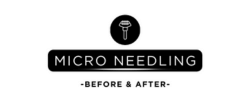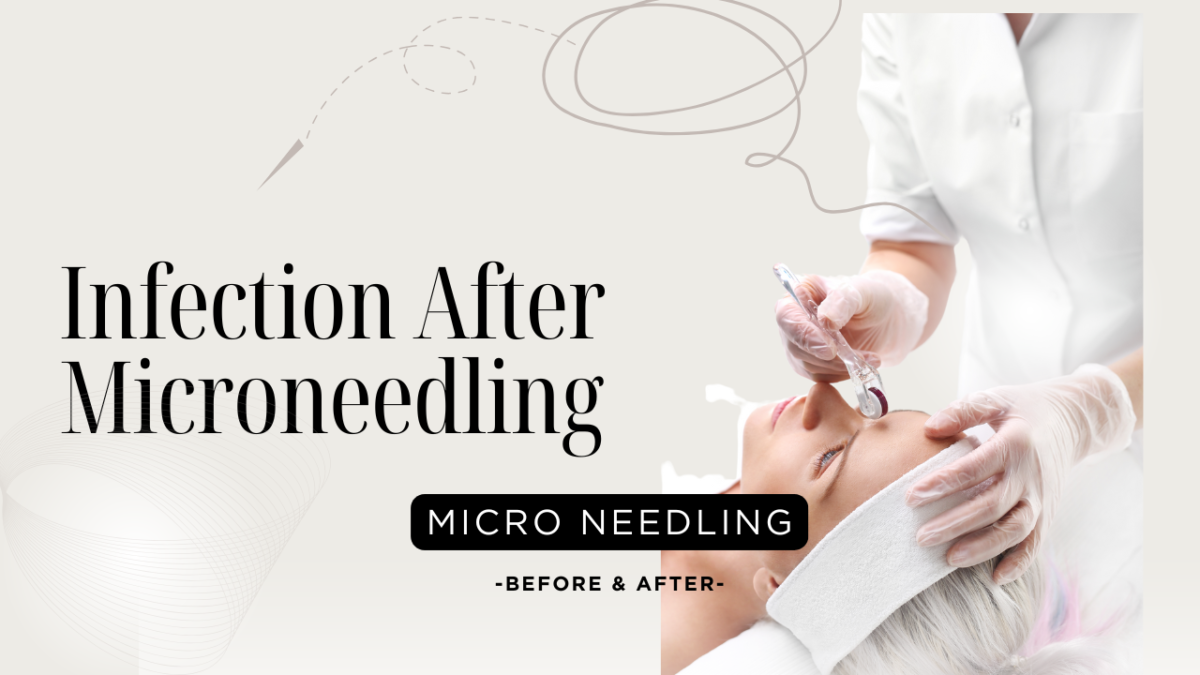As a professional in the field of skincare and dermatology, I often encounter patients who are interested in microneedling as a treatment for various skin concerns. Microneedling, also known as collagen induction therapy, is a popular cosmetic procedure that involves using fine needles to create controlled punctures in the skin. While microneedling is generally considered safe and effective, there is a risk of infection associated with this procedure. In this article, I will discuss the causes of infection after microneedling, how to recognize the signs of infection, and the appropriate treatment options.
Understanding Microneedling
Before delving into the topic of infection after microneedling, it is essential to understand how the procedure works. During a microneedling treatment, a dermatologist or aesthetician uses a device with tiny needles to create microscopic injuries in the skin’s surface. These controlled injuries stimulate the skin’s natural healing process, leading to increased collagen and elastin production. This results in smoother, firmer, and more youthful-looking skin. Microneedling can be used to improve a variety of skin concerns, including acne scars, fine lines and wrinkles, and hyperpigmentation.
Causes of Infection After Microneedling
While microneedling is relatively safe when performed by a trained professional, there is a risk of infection associated with the procedure. The primary causes of infection after microneedling include:
- Poor Sterilization: If the microneedling device or any other equipment used during the procedure is not properly sterilized, it can introduce bacteria or other pathogens into the skin, leading to infection.
- Improper Post-Procedural Care: Following the microneedling procedure, it is essential to follow the dermatologist’s instructions for post-procedural care. Failing to keep the treated area clean and moisturized can increase the risk of infection.
- Compromised Immune System: Individuals with compromised immune systems, such as those with autoimmune conditions or undergoing chemotherapy, are at a higher risk of developing infections after microneedling.
Signs of Infection After Microneedling
Recognizing the signs of infection after microneedling is crucial for early intervention and treatment. Some common signs of infection include:
- Redness that does not improve after a few days
- Swelling or tenderness that worsens over time
- Pus or discharge from the treated area
- Fever or chills
- Increased pain or discomfort
If you experience any of these symptoms after undergoing microneedling, it is essential to contact your dermatologist immediately for further evaluation and treatment.
Treatment of Infection After Microneedling
In the unfortunate event of developing an infection after microneedling, prompt treatment is essential to prevent complications and promote healing. The treatment of infection after microneedling typically involves a combination of the following approaches:
- Topical Antibiotics: In cases of mild infections, topical antibiotics may be prescribed to apply directly to the affected area. These antibiotics help to eliminate bacteria on the skin’s surface and promote healing.
- Oral Antibiotics: For more severe infections or cases where the infection has spread beyond the treated area, oral antibiotics may be prescribed. Oral antibiotics work to eliminate bacteria from within the body and are essential in preventing systemic infections.
- Wound Care: Proper wound care is essential in the treatment of infection after microneedling. This includes keeping the affected area clean and dry, applying prescribed medications as directed, and avoiding picking or scratching at the treated area.
- Follow-Up Visits: It is essential to follow up with your dermatologist for regular visits to monitor the healing progress and ensure that the infection is resolving properly. During these visits, your dermatologist may recommend additional treatment options or adjustments to your care plan.
Preventing Infection After Microneedling
While infection after microneedling can be a frightening experience, there are steps you can take to minimize the risk of developing an infection following the procedure. Some key preventive measures include:
- Choose a Qualified Professional: When considering microneedling treatment, it is essential to select a qualified and experienced professional to perform the procedure. A skilled provider will prioritize proper sterilization techniques and infection control protocols to reduce the risk of complications.
- Follow Post-Procedural Care Guidelines: Adhering to the post-procedural care instructions provided by your dermatologist is crucial in preventing infection after microneedling. This includes keeping the treated area clean, avoiding sun exposure, and using recommended skincare products.
- Avoid Harsh Products: In the days following microneedling, it is essential to avoid using harsh skincare products that may irritate or disrupt the skin’s healing process. Stick to gentle, non-comedogenic products recommended by your dermatologist.
- Monitor for Signs of Infection: Stay vigilant for any signs of infection following microneedling, such as redness, swelling, or pus. If you notice any concerning symptoms, contact your dermatologist immediately for further evaluation and treatment.
Conclusion
In conclusion, infection after microneedling is a potential complication that can occur following this popular cosmetic procedure. Understanding the causes of infection, recognizing the signs of infection, and knowing how to prevent and treat infections are essential aspects of ensuring a safe and successful microneedling experience. By following the preventive measures outlined in this article and seeking prompt medical attention if infection is suspected, you can minimize the risk of complications and achieve optimal results from your microneedling treatment. If you have any concerns or questions about infection after microneedling, do not hesitate to consult with a qualified dermatologist for personalized guidance and care.

